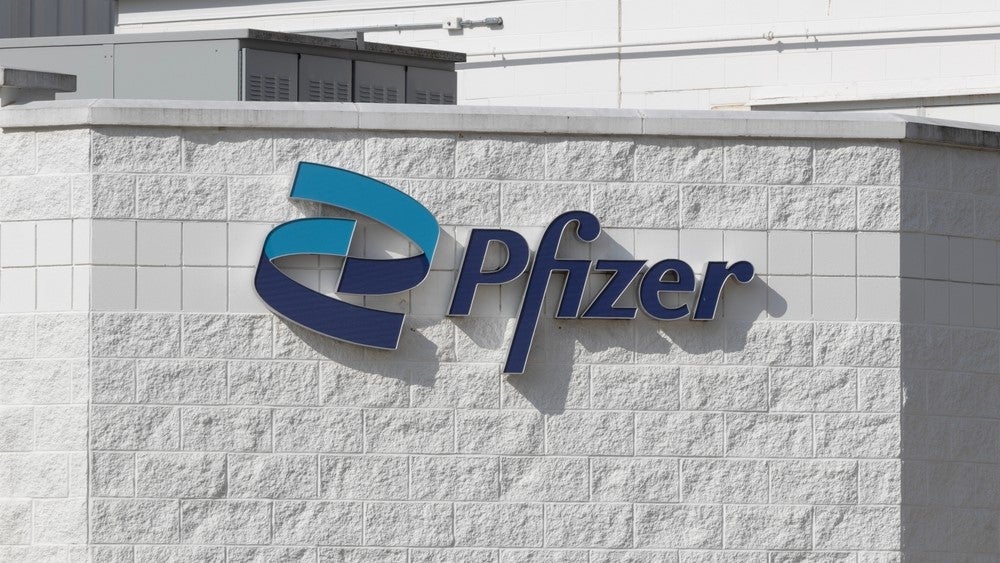Pharmaceutical waste containers and closure system: Introduction
In the intricate world of pharmaceuticals, the disposal of waste is a critical concern that demands meticulous attention and compliance with stringent regulations.
For businesses and professionals operating within this sphere, selecting the appropriate pharmaceutical waste container is not merely a matter of convenience.
It is a decision that underpins the most fundamental aspect of maintaining safety, environmental responsibility, and legal compliance.
Our expert buyer’s guide has been written to identify and detail some of the key factors to consider when searching for pharmaceutical waste containers and closure systems.
This content can help ensure that your choice aligns with industry best practices.
See Also:
Understanding the importance of proper pharmaceutical waste disposal
Pharmaceutical waste encompasses a broad spectrum of discarded materials, ranging from expired or unused medications to contaminated packaging and by-products of pharmaceutical production.
The disposal of such waste necessitates containers and closures specifically designed to mitigate the risks associated with pharmaceutical residues, which can be toxic, ignitable, corrosive, or reactive.
Industries that benefit from this guide include pharmaceutical manufacturers, healthcare facilities, research laboratories, and waste management companies, all of which are responsible for the safe handling of pharmaceutical waste.
Key considerations: Selecting the right pharmaceutical waste container
Selecting the best and most appropriate pharmaceutical waste container is not a decision that can involve compromise and is one that needs careful consideration.
When in the market for a pharmaceutical waste container, there are several critical attributes to consider, though each operation will have additional bespoke requirements:
Compliance with Regulations
Ensure that the containers and closures you select meet the regulatory requirements set by agencies such as the Medicines and Healthcare Products Regulatory Agency (MHRA) and the Environment Agency.
Compliance is non-negotiable and serves as the foundation for any procurement decision.
Material Integrity
Containers and closures in pharmaceuticals must be constructed from materials that are impervious to the waste they are intended to hold.
Glass containers for pharmaceutical use, for example, are favoured for their chemical inertness, while certain plastics are chosen for their durability and resistance to corrosion.
Appropriate Sizing and Labelling
The size of the container should be appropriate for the volume of waste generated.
All waste containers must be clearly labelled to distinguish between hazardous pharmaceutical waste containers and non-hazardous pharmaceutical waste containers.
Secure Closure Systems
The container closure system pharmaceuticals require must ensure a tight seal to prevent leaks and spills.
This is particularly crucial for pharmaceutical shipping containers and pharmaceutical storage containers that may be subject to movement or long-term storage.
Ease of Use
Containers and closures should be user-friendly, allowing for easy disposal without compromising safety.
This includes features such as wide openings for disposal and secure, yet easily managed, closure mechanisms.
Industry-leading pharmaceutical waste containers and closure Systems
For buyers in the pharmaceutical industry, the crowded marketplace of suppliers can often create a complicated selection process, as each offers different solutions.
When evaluating the market, some of the current industry-leading systems or solutions to consider include, but are not limited to:
- Sharpsmart Pharmaceutical Containers
- Daniels Health Chemosmart Containers
- BD Hazardous Drug Safety Containers
- Medtronic Covidien Pharmaceutical Waste Containers
- Terra Universal Waste Disposal Containers
- New Pig Pharma Waste Disposal Containers
- Thermo Scientific Nalgene Safety Waste Systems
- Eagle Stainless Steel Pharmaceutical Containers
- Bel-Art HPLC Waste Canisters
- Justrite Polyethylene Waste Disposal Cans
- Qorpak Glass Boston Round Bottles
- Wheaton Glass Media Bottles
- VWR Safety-Coated Glass Bottles
- SKS Bottle & Packaging Pharmaceutical Containers
- ULINE Hazardous Material Containers
Latest technological advancements in pharmaceutical waste containers and closure systems
The field of pharmaceutical waste management is continually evolving and is doing so consistently.
With a range of technological advancements aimed at enhancing safety, efficiency, and environmental sustainability coming to market, the importance of these innovations becomes ever more acute.
Recent innovations include, but are not limited to:
- Smart Containers: Incorporating RFID technology for tracking and inventory management.
- Biodegradable Materials: Development of containers made from materials that degrade safely and reduce environmental impact.
- Automation in Closure Systems: Automated systems that ensure consistent and reliable sealing of containers.
- Tamper-Evident Features: Advanced closure systems that provide clear evidence of any unauthorized access to the contents.
Pharmaceutical waste containers and closure systems: Our conclusion
Selecting the right pharmaceutical waste container and closure system is a nuanced process that requires careful consideration.
Some key issues to consider include regulatory compliance, material integrity, sizing and labelling, secure closures, and ease of use.
By keeping in touch with the latest technological advancements and considering the specific systems and solutions available, businesses and professionals in the pharmaceutical industry can ensure the safe and responsible disposal of pharmaceutical waste.






